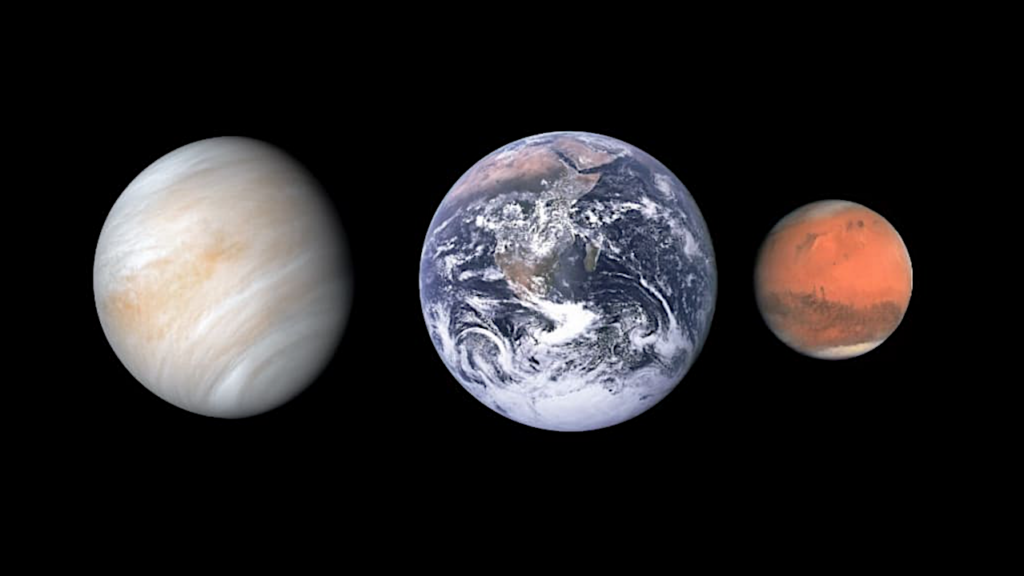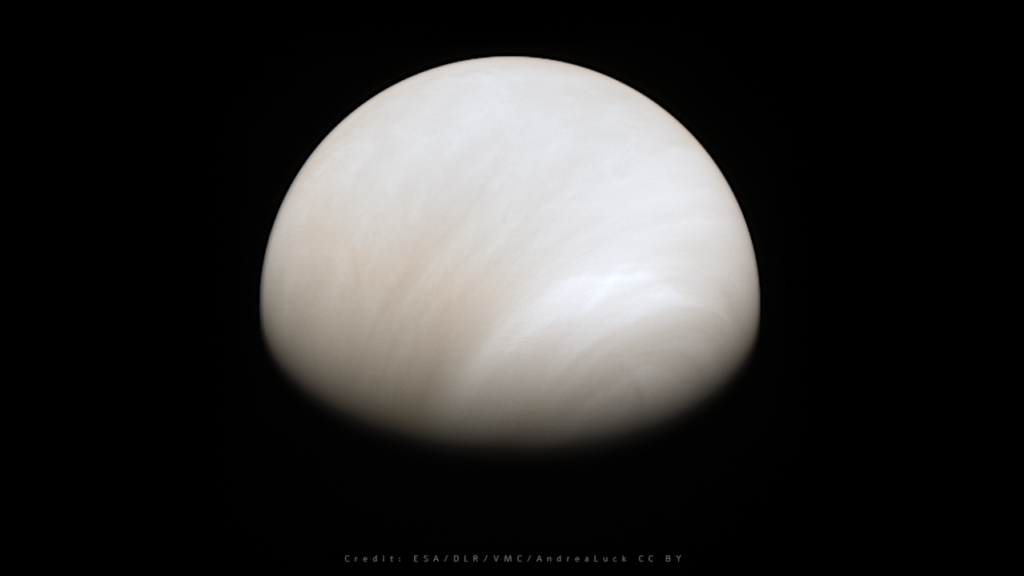The Precision of Mass Measurements Required for Robust Atmospheric Characterization of Transiting Exoplanets

Two of TESS’s major science goals are to measure masses for 50 planets smaller than 4 Earth radii and to discover high-quality targets for atmospheric characterization efforts.
It is important that these two goals are linked by quantifying what precision of mass constraint is required to yield robust atmospheric properties of planets. Here, we address this by conducting retrievals on simulated JWST transmission spectra under various assumptions for the degree of uncertainty in the planet’s mass for a representative population of seven planets ranging from terrestrials to warm Neptunes to hot Jupiters.
Only for the cloud-free, low metallicity gas giants are we able to infer exoplanet mass from transmission spectroscopy alone, to ~10% accuracy. For low metallicity cases (<4xSolar) we are able to accurately constrain atmospheric properties without prior knowledge of the planet's mass. For all other cases (including terrestrial-like planets), atmospheric properties can only be inferred with a mass precision of better than ~50%. At this level, though, the widths of the posterior distributions of the atmospheric properties are dominated by the uncertainties in mass.
With a precision of ~20%, the widths of the posterior distributions are dominated by the spectroscopic data quality. Therefore, as a rule-of-thumb, we recommend: a ~50% mass precision for initial atmospheric characterization and a ~20% mass precision for more detailed atmospheric analyses.
Natasha E. Batalha, Taylor Lewis, Jonathan J. Fortney, Natalie M. Batalha, Eliza Kempton, Nikole K. Lewis, Michael R. Line
(Submitted on 30 Sep 2019)
Comments: Accepted ApJL, 9 pages, 4 figures, 1 table
Subjects: Earth and Planetary Astrophysics (astro-ph.EP)
Cite as: arXiv:1910.00076 [astro-ph.EP] (or arXiv:1910.00076v1 [astro-ph.EP] for this version)
Submission history
From: Natasha Batalha
[v1] Mon, 30 Sep 2019 20:05:00 UTC (836 KB)
https://arxiv.org/abs/1910.00076
Astrobiology, Astrochemistry








